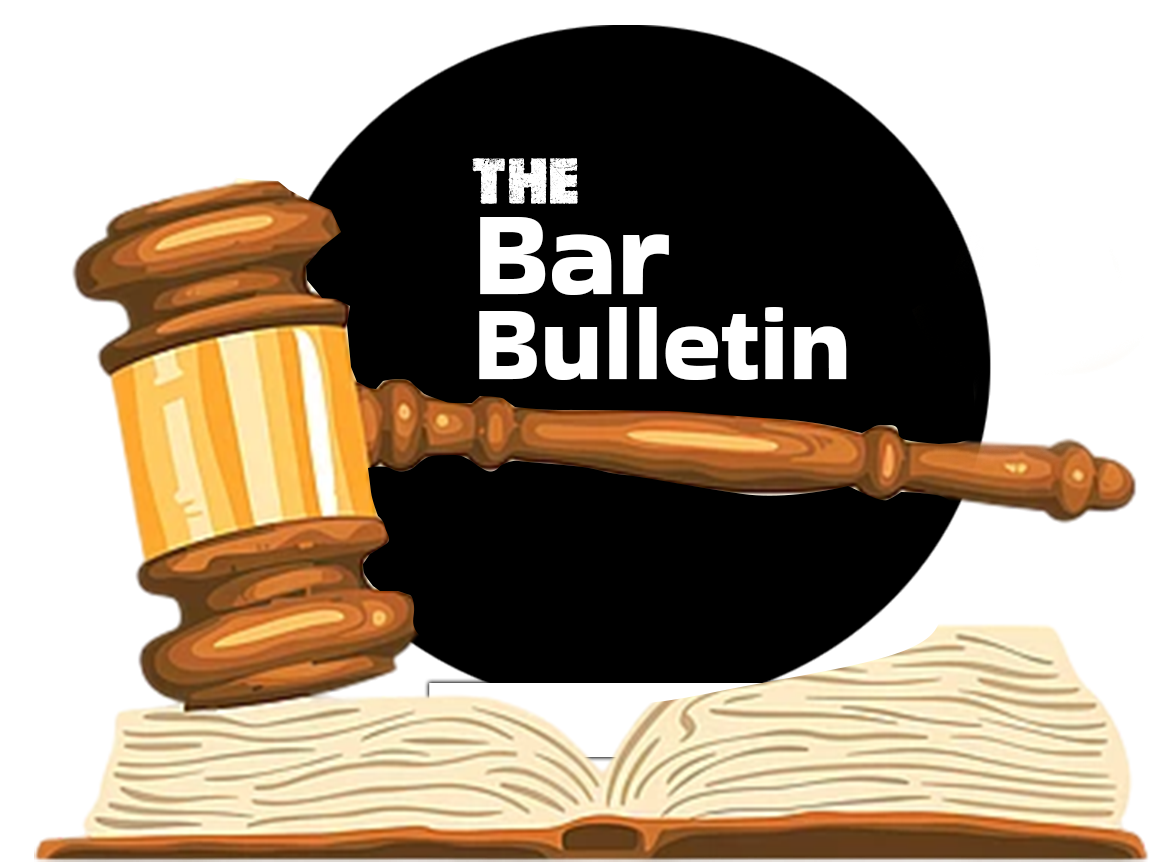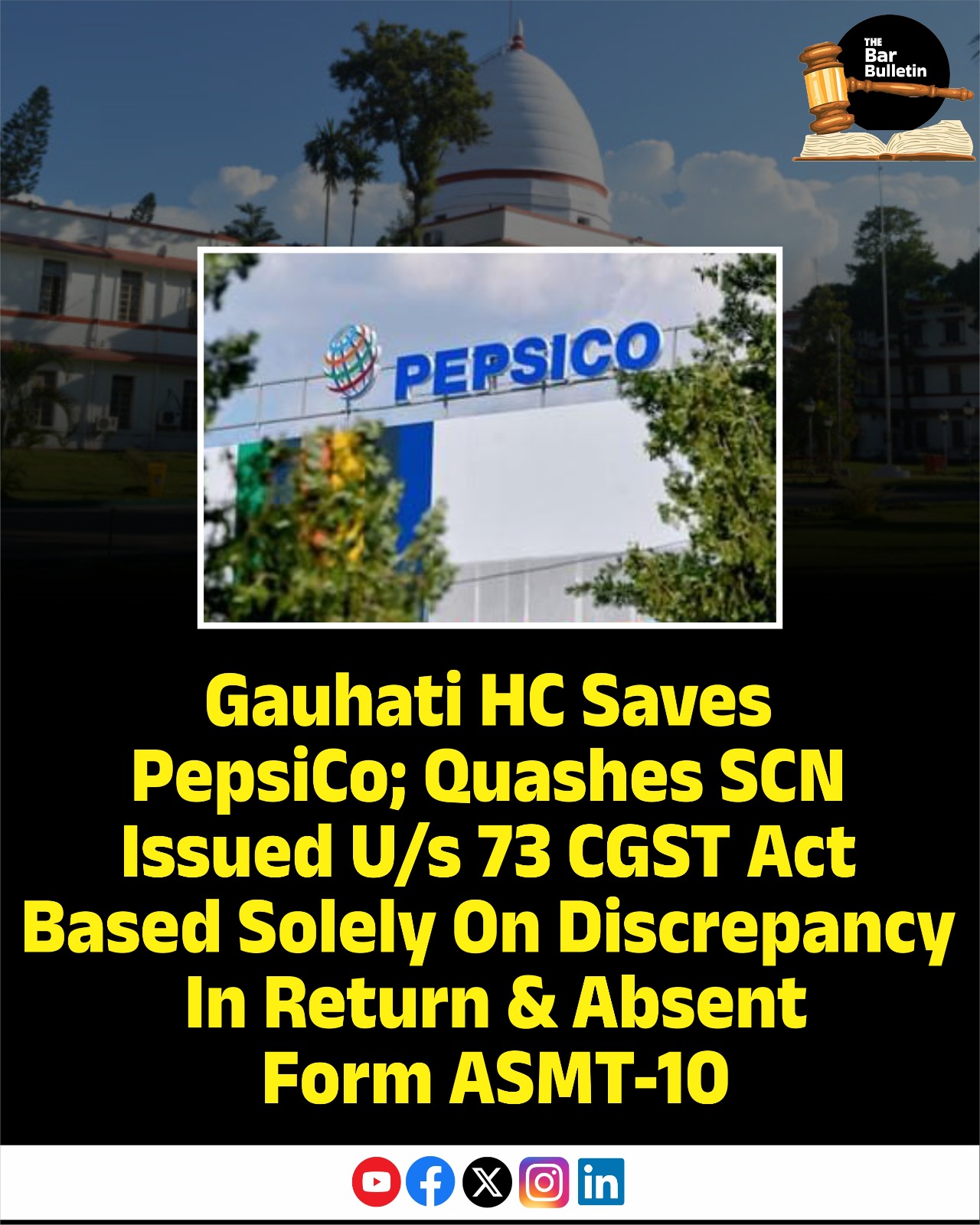While giving relief to PepsiCo, the Gauhati High Court ruled that the GST authority lacked jurisdiction to issue the notice under Section 73 of the CGST Act, 2017, without first complying with the mandatory scrutiny process under Section 61, read with Rule 99 of the CGST Rules, 2017. The Court clarified that the procedure under Section 61 is a condition precedent when proceedings are based solely on discrepancies found in GST returns. Accordingly, the Court quashed the unauthorised and defective show cause notice issued by the proper officer.
The Court explained that Section 61 is the only provision allowing scrutiny of returns, and any finding that Input Tax Credit (ITC) was wrongly availed must necessarily arise from scrutiny under Section 61. The Bench reasoned that since GST is a self-assessment system, skipping the statutory checkpoint of scrutiny destroys procedural validity.
The Court also pointed out that CBIC notifications had made the furnishing of Table 14 of Form GSTR-9C optional from FY 2017–18 to 2022–23, and hence, the alleged “discrepancy” due to a mismatch between its annual return (GSTR-9) and reconciliation statement (GSTR-9C) had no legal basis. The Court also emphasized that where jurisdiction is wrongly assumed, the existence of an alternative remedy does not bar writ jurisdiction.
A Single Judge Bench of Justice Soumitra Saikia laid the foundation by explaining the statutory intent of Section 61 of the CGST Act, that a proper officer must first scrutinize returns and, if discrepancies are found, inform the registered person and seek an explanation. Only if the explanation is unsatisfactory, further action may be taken. This established that the legislature intended a procedural safeguard before coercive proceedings could begin.
The Bench noted that Rule 99(1) operationalizes Section 61 by requiring issuance of a notice in Form GST ASMT-10, communicating discrepancies and giving the taxpayer 30 days to respond. This rule is mandatory, not directory, since it forms the only statutory mechanism to test the correctness of returns. The Bench therefore explicitly held that the combined reading of Section 61 and Rule 99 makes the issuance of Form ASMT-10 a statutory precondition before invoking Section 73. Without such notice, there can be no valid jurisdiction to initiate recovery proceedings.
The Bench found as a fact that no ASMT-10 was ever issued to PepsiCo, meaning no opportunity was given to explain alleged discrepancies. The Bench held this omission as fatal to jurisdiction, observing that Section 73 proceedings can begin only after the taxpayer’s explanation under Section 61 is found unsatisfactory. Hence, when CBIC had declared Table 14 as optional, the department could not lawfully treat its non-filing as a discrepancy.
Briefly, in this case, the petitioner, a food & beverages manufacturer, was issued a show cause notice (SCN) under Section 73(1) of the CGST Act, alleging wrongful availment of Input Tax Credit (ITC)worth ₹19.51 crore for FY 2017–18 due to a mismatch between its annual return (GSTR-9) and reconciliation statement (GSTR-9C). It was alleged that the discrepancy arose because the petitioner did not furnish details in Table 14 of Form GSTR-9C.
The petitioner, however, challenged the SCN contending that (i) furnishing Table 14 data was optional, as per multiple CBIC notifications from 2019 to 2023; and (ii) the mandatory pre-show-cause scrutiny procedure under Section 61 read with Rule 99 (issuance of Form ASMT-10) was not followed. The Revenue opposed the mandate of Table 14 and claimed that the petitioner could have availed the alternative statutory remedy.
Case Relied On:
Joint Commissioner vs. Goverdhandham Estate Pvt Ltd. (2025) 26 Centax 401 (S.C.)
Appearances:
Advocates R. Borah and D. Borah, for the Petitioner/ Taxpayer
DY.S.G.I., SC, GST, for the Respondent/ Revenue

